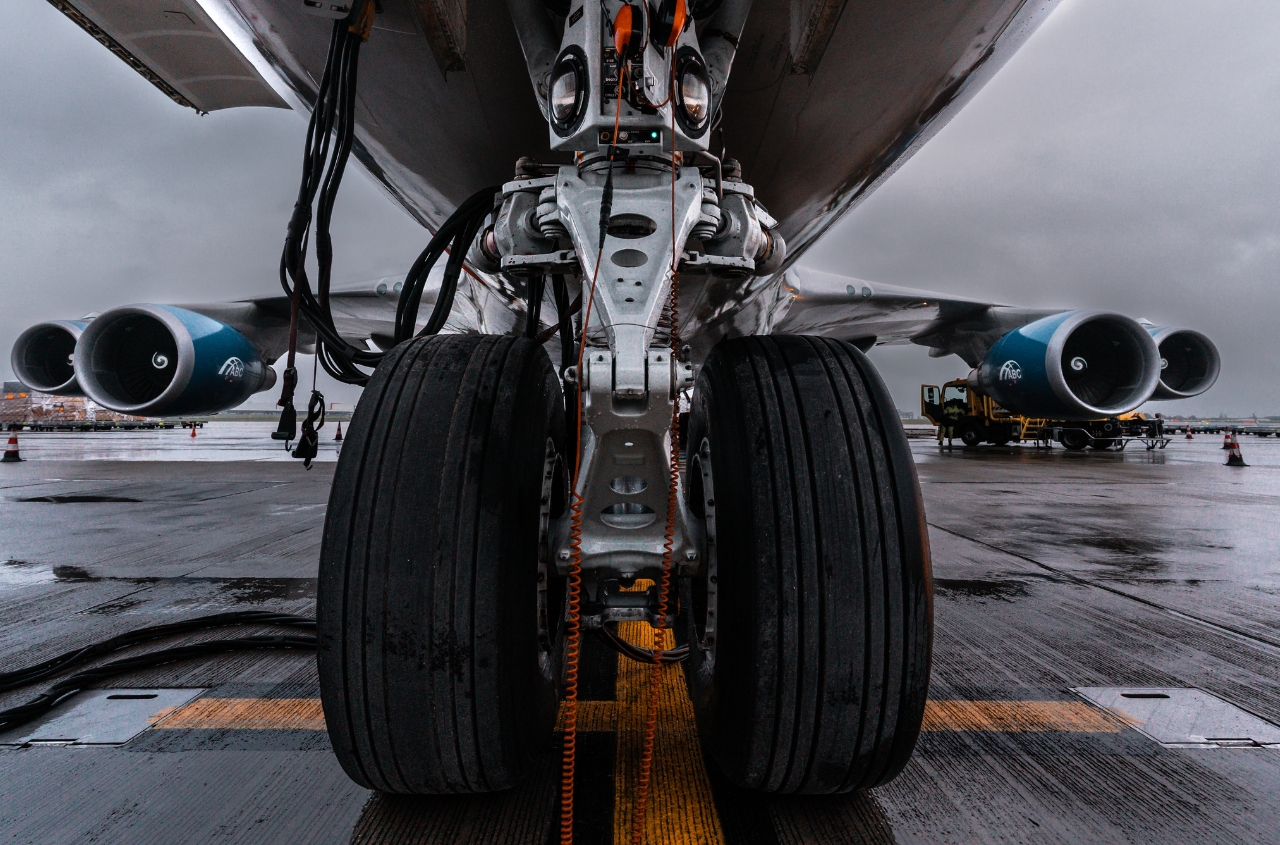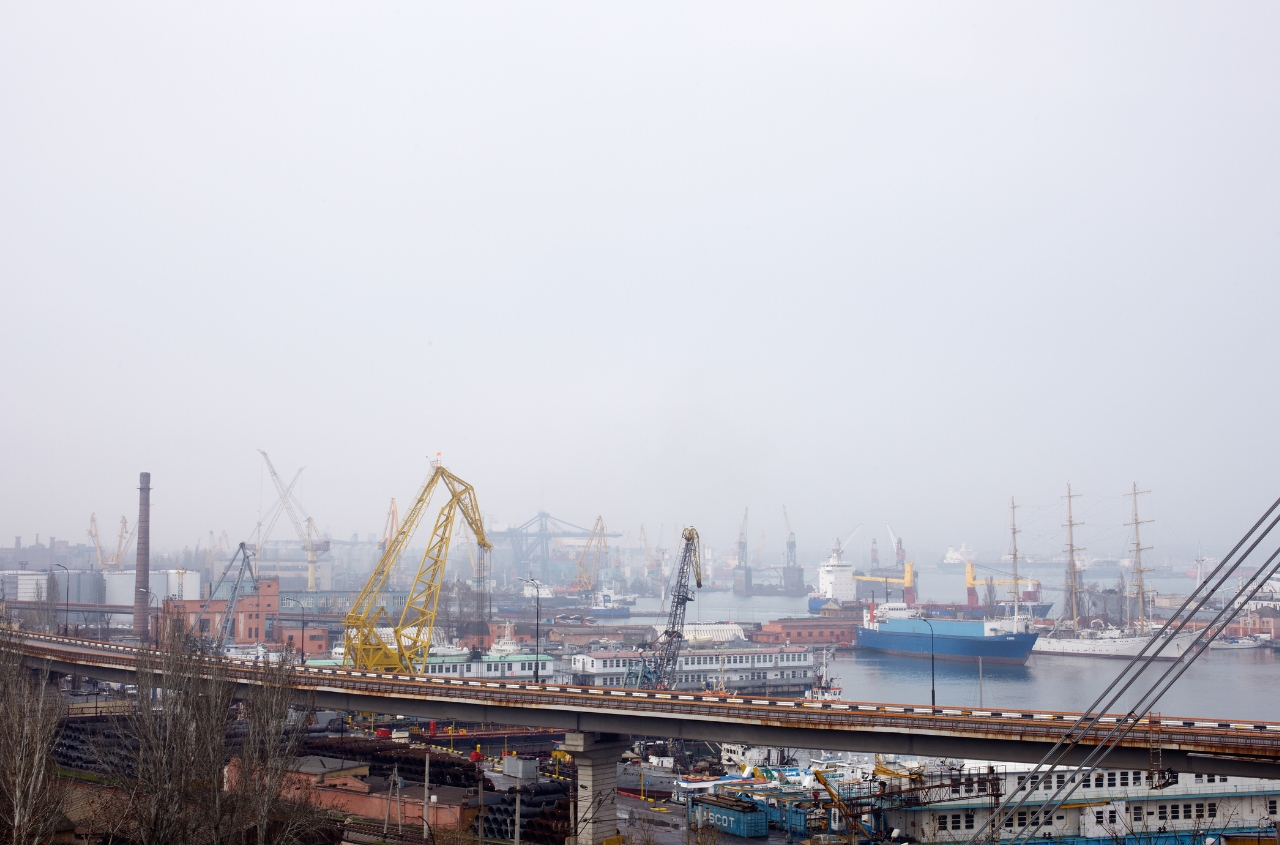Despite the OPEC+ countries’ decision to begin increasing oil production volumes in April throughout 2025, oil output in Russia will continue to decline, leading to a reduction in federal budget revenues.
One of the main reasons for the decrease in oil production is the depletion of oil fields. The well flow rate—that is, the amount of oil that can be extracted from a well over a set period—has dropped in Russia by 30–40%. In 2023, the total length of wells drilled in Russia exceeded 30,000 km. In 2024, the number of oil wells put into operation fell to 7,610 units—a 12% decrease compared to 2023.
The situation has also been severely affected by the withdrawal of Western drilling equipment manufacturers from the Russian market. One of the ways to increase well productivity is hydraulic fracturing (fracking). However, the largest producers of fracking equipment are Western corporations that have left Russia. Today, 90% of hydraulic fracturing equipment is manufactured abroad, making it inaccessible to Russian businesses. Among the top five global producers of fracking fleets, only one company comes from a country "friendly" to Russia—Belarusian "Fidmash." The others are Western firms.
Other contributing factors include operations by Ukraine’s Defense Forces, logistical challenges—especially sanctions targeting Russia’s "shadow" fleet—and the high key interest rate of the Russian Central Bank, currently at 21%.
In the short term, Russia's existing oil production levels may still be sufficient to continue funding expenditures related to its war against Ukraine. However, a further drop in oil prices will increase the Russian budget deficit. This will likely force the Kremlin to choose between two equally unfavorable scenarios: turning on the printing press for additional money emission, or slashing the budget.





















